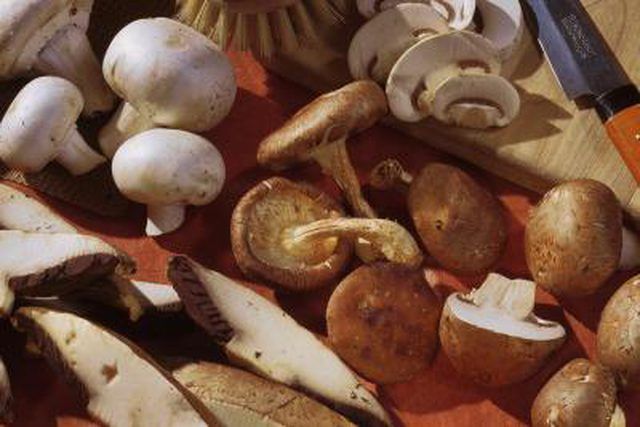Bulbs
Flower Basics
Flower Beds & Specialty Gardens
Flower Garden
Garden Furniture
Garden Gnomes
Garden Seeds
Garden Sheds
Garden Statues
Garden Tools & Supplies
Gardening Basics
Green & Organic
Groundcovers & Vines
Growing Annuals
Growing Basil
Growing Beans
Growing Berries
Growing Blueberries
Growing Cactus
Growing Corn
Growing Cotton
Growing Edibles
Growing Flowers
Growing Garlic
Growing Grapes
Growing Grass
Growing Herbs
Growing Jasmine
Growing Mint
Growing Mushrooms
Orchids
Growing Peanuts
Growing Perennials
Growing Plants
Growing Rosemary
Growing Roses
Growing Strawberries
Growing Sunflowers
Growing Thyme
Growing Tomatoes
Growing Tulips
Growing Vegetables
Herb Basics
Herb Garden
Indoor Growing
Landscaping Basics
Landscaping Patios
Landscaping Plants
Landscaping Shrubs
Landscaping Trees
Landscaping Walks & Pathways
Lawn Basics
Lawn Maintenance
Lawn Mowers
Lawn Ornaments
Lawn Planting
Lawn Tools
Outdoor Growing
Overall Landscape Planning
Pests, Weeds & Problems
Plant Basics
Rock Garden
Rose Garden
Shrubs
Soil
Specialty Gardens
Trees
Vegetable Garden
Yard Maintenance
What Is the Difference Between a Fruit & a Vegetable?
What Is the Difference Between a Fruit & a Vegetable?. Fruits and vegetables are commonly confused. The technical differences between them are clear. Scientifically speaking, a fruit is a matured ovary of a flower that has seeds. A vegetable, on the other hand, is any other edible part of a plant such a root, leaf or steam. From a culinary point...
Fruits and vegetables are commonly confused. The technical differences between them are clear. Scientifically speaking, a fruit is a matured ovary of a flower that has seeds. A vegetable, on the other hand, is any other edible part of a plant such a root, leaf or steam. From a culinary point of view, however, the differences between fruits and vegetables are much more complicated.
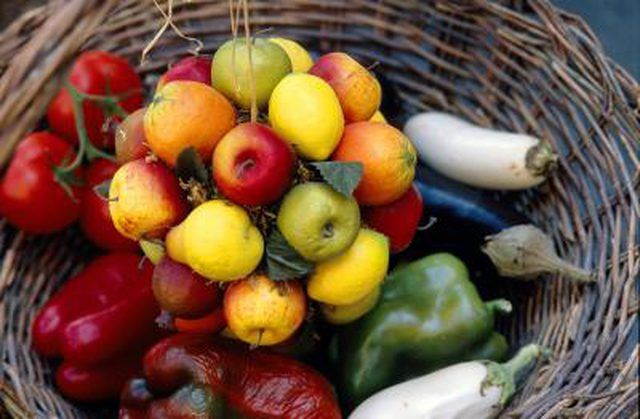
According to the Merriam-Webster Dictionary, a fruit is "the usually edible reproductive body of a seed plant; especially one having a sweet pulp associated with the seed." In other words, it is the edible part of a plant derived from a flower. Fruits are nature's instruments used to spread seeds. Containing high amounts of fructose, most fruits are sweet. Thus fruits include apples, oranges, tomatoes, pumpkins, nuts, squash and pears.
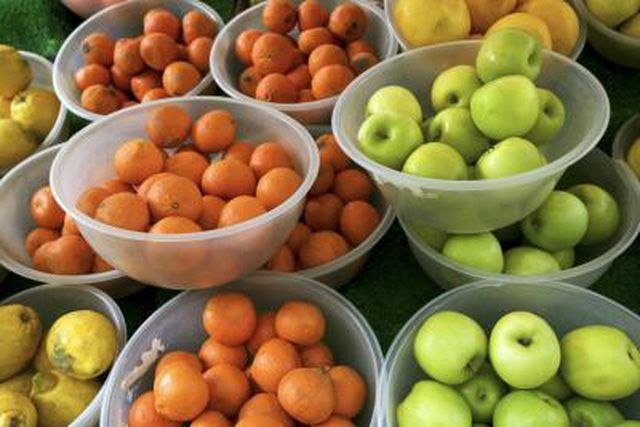
Vegetables are herbaceous plant parts. They are the parts of the plant that are not fruits and can be used for eating. These parts include the root, leaf or stem of a plant. Some vegetables are radishes, carrots, broccoli, celery, garlic, onion, cabbage, potatoes, yams, lettuce and rhubarb.
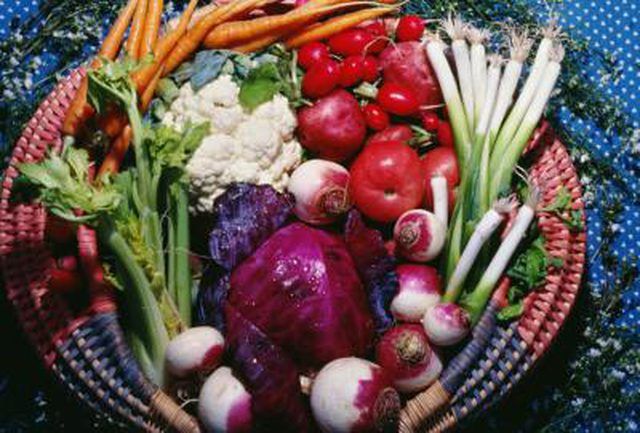
Some fruits that are commonly thought to be vegetables are tomatoes, cucumbers, avocados, squashes, olives, peapods and peppers.
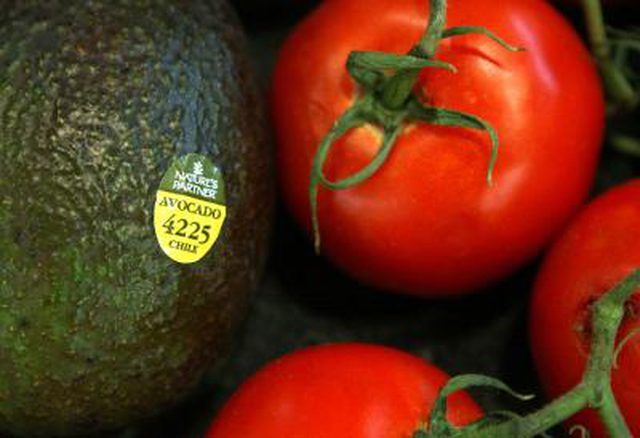
Despite the technical differences between fruits and vegetables, many fruits are treated as vegetables by cooks. Culinarily speaking, fruits are supposed to be sweet with seeds, and vegetables are any other plant products that are not sweet. Culinary vegetables include rhubarb, tomatoes, squash and peppers. Nuts, though technically fruits, are considered neither fruit nor vegetable in the culinary sense.
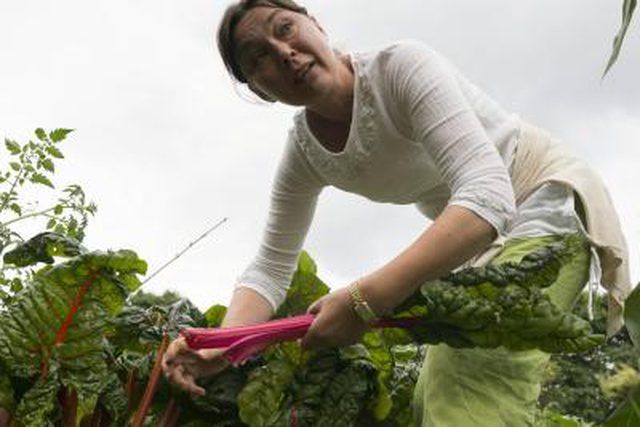
There are some plants that are neither fruit or vegetable. These include bananas and mushrooms. Bananas, for example, are herbs. Mushrooms are fungi.
